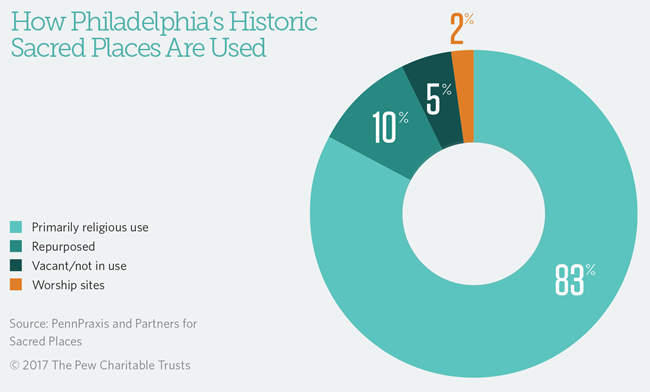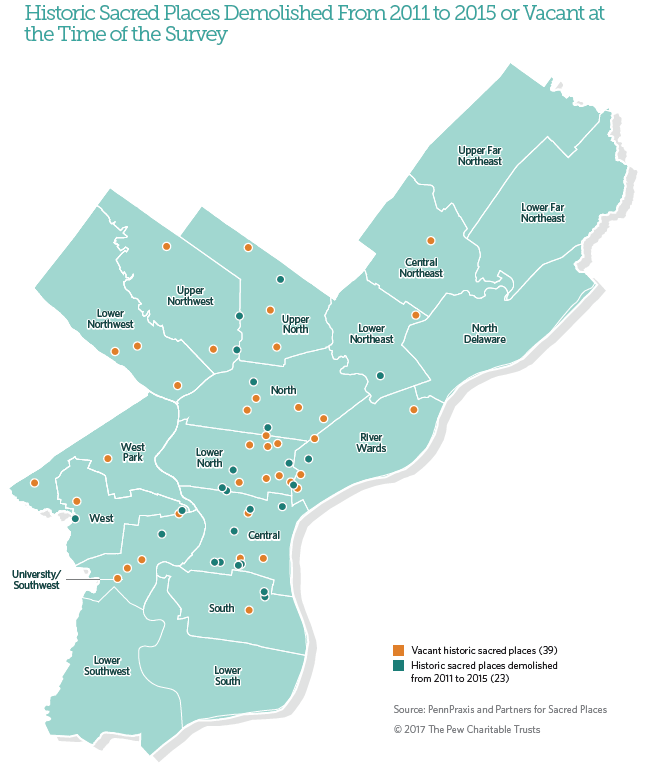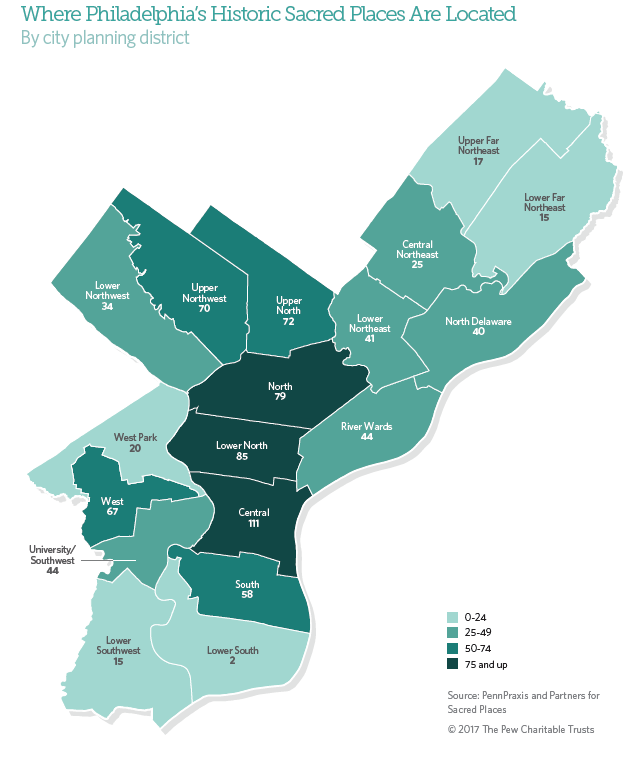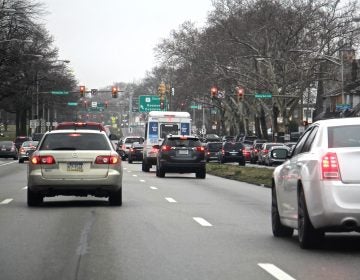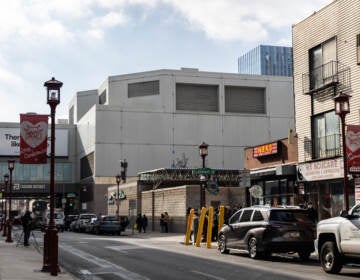Decisions loom for some of Philadelphia’s historic sacred places

Buildings constructed as houses of worship have long enriched Philadelphia’s urban landscape, embodying the city’s legacy of art and architecture and adding to a history of religious and ethnic diversity. In addition, these structures have provided a range of community services that reach beyond their own congregations into the surrounding neighborhoods.
For these reasons, it is important to understand the condition of these often massive buildings — and the factors that will help determine what happens to them in the years ahead.
The Pew Charitable Trusts recently published an in-depth report on the subject, Philadelphia’s Historic Sacred Places: Their Past, Present, and Future, with historic sacred places defined as those built for religious purposes before 1965. The research, done for Pew by PennPraxis* at the University of Pennsylvania’s School of Design with assistance from Partners for Sacred Places, found that 839 historic sacred buildings were still standing in the city in 2015 and early 2016, one for roughly every 1,900 city residents. And it found the condition of the surviving structures, as judged by systematic examination of their exteriors, to be mostly good or very good overall.
Even so, many congregations are likely to face tough decisions in the years ahead about what to do with their aging buildings, some of which face major and potentially costly repairs to their interiors and operating systems. Possible outcomes include abandonment of the buildings, which could lead to vacancy and deterioration or demolition; takeovers by other congregations; and reuse as schools and apartment buildings or other purposes.
To varying degrees, those outcomes have been happening for years. While 83 percent of the city’s historic sacred spaces remained in religious use at the time the research was done, 378 of them were no longer occupied by the buildings’ original congregations. Another five percent of the buildings, 39 in all, were vacant; and from 2011 to 2015, 23 were demolished.
In addition, 82 buildings, about 10 percent of the total, had been put to new uses, including 17 as multifamily residences and seven as single-family homes. Eight were being used as schools, and six housed preschool or childcare centers. Others had become homes to arts and culture centers, service agencies, and professional office complexes.
The research, which included in-depth interviews with the leaders of 22 congregations, found that neighborhood change of any kind can threaten the stability of historic sacred places. For instance, rising poverty and declining quality of life in an area often have a negative impact on the condition of religious buildings and the stability of the congregations that occupy them. But so, too, can the sort of rapid, upscale change often labeled as gentrification.
Since 2011, at least six congregations that occupied historic sacred places have left the Graduate Hospital area, a neighborhood that has gentrified in recent years. How the departure of those congregations ultimately affects a neighborhood depends on a number of factors, including how long historic structures sit vacant, whether they ultimately are torn down, and, if they survive, how they are repurposed.
Beyond neighborhood change, other factors likely to determine the fate of these buildings in the years ahead include societal trends — such as the decline of religious participation in the United States, as documented in a 2015 report by the Pew Research Center — and elements particular to each institution, including its financial health, the strength of its leadership, the condition and layout of the structure itself, and the ability of the congregation to grow and forge links with the surrounding community.
For Philadelphia, a city that has long viewed its history as an asset, the challenge for religious and civic leaders is to determine how historic sacred places fit into the city’s future and what steps should be taken to help enhance their prospects for continued vitality. With the long-term future of many congregations in question, and the cost of maintaining old buildings on the rise, avoiding demolition in some cases may not be possible. But if the past is any guide, many historic spaces will adapt and survive.
Larry Eichel is the director of The Pew Charitable Trusts’ Philadelphia research initiative. To learn more about the city’s historic sacred places and to read the full report, visit www.pewtrusts.org/phillyhistoricsacredplaces.
*Disclosure: Before moving to WHYY in 2015, PlanPhilly was a project at PennPraxis. Also, former PlanPhilly Managing Editor Ashley Hahn was part of the research team behind this report.
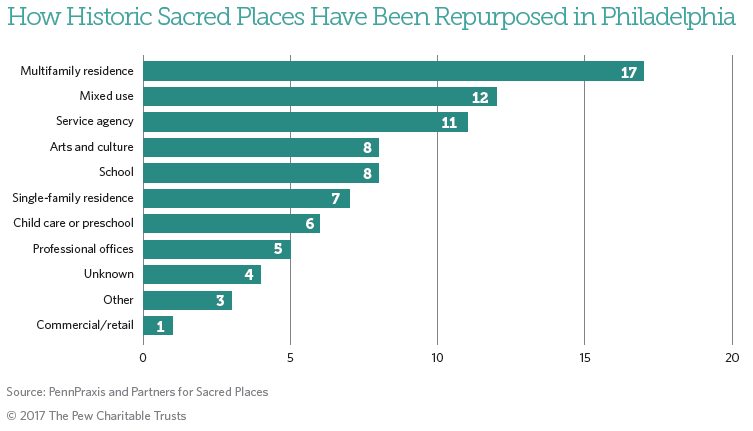
WHYY is your source for fact-based, in-depth journalism and information. As a nonprofit organization, we rely on financial support from readers like you. Please give today.



